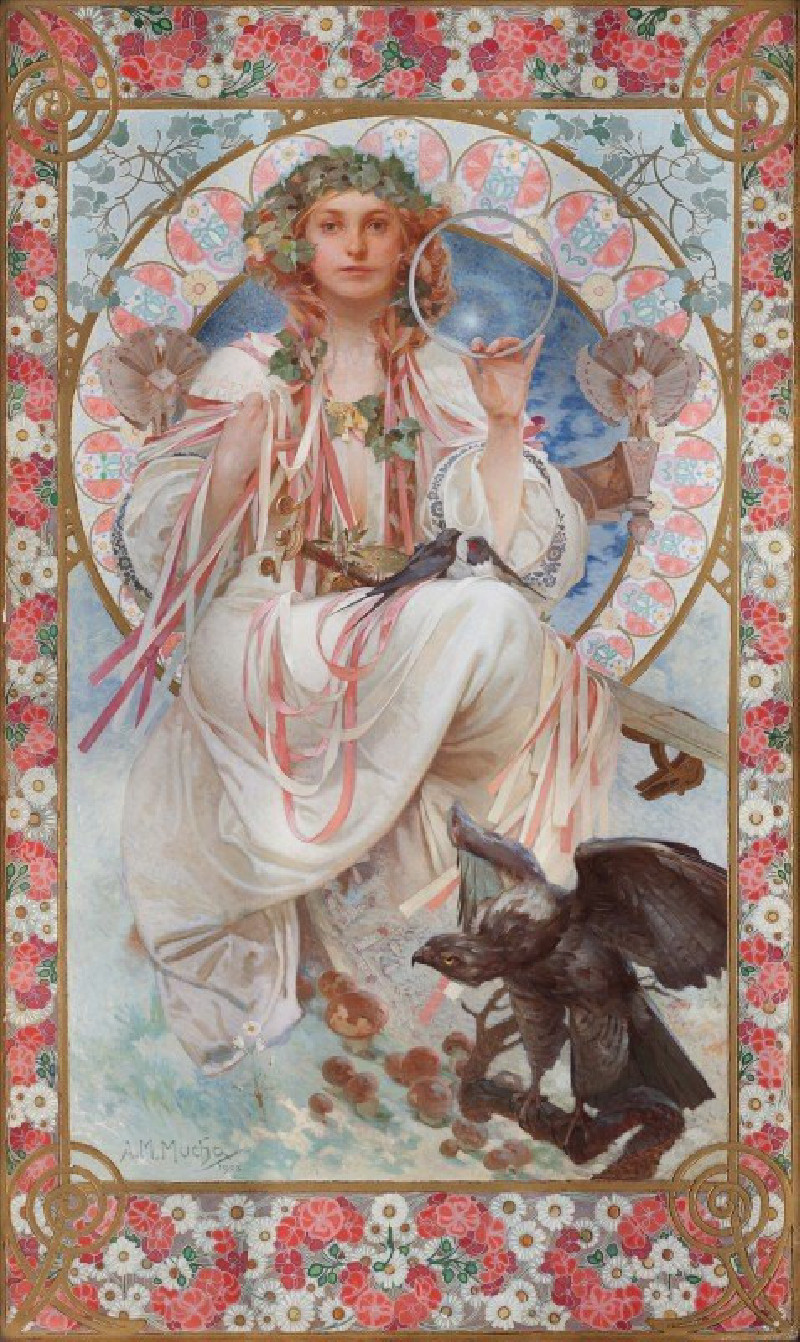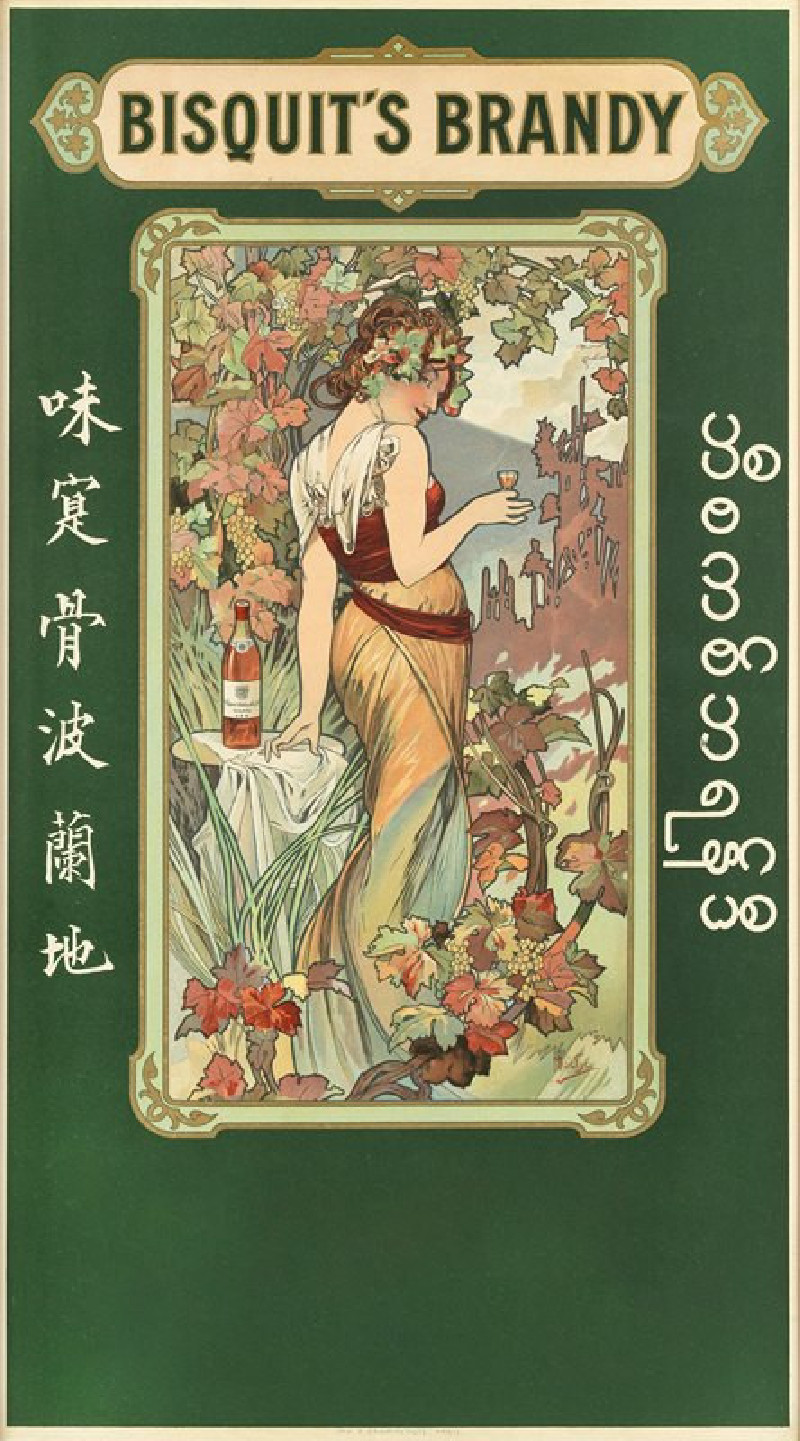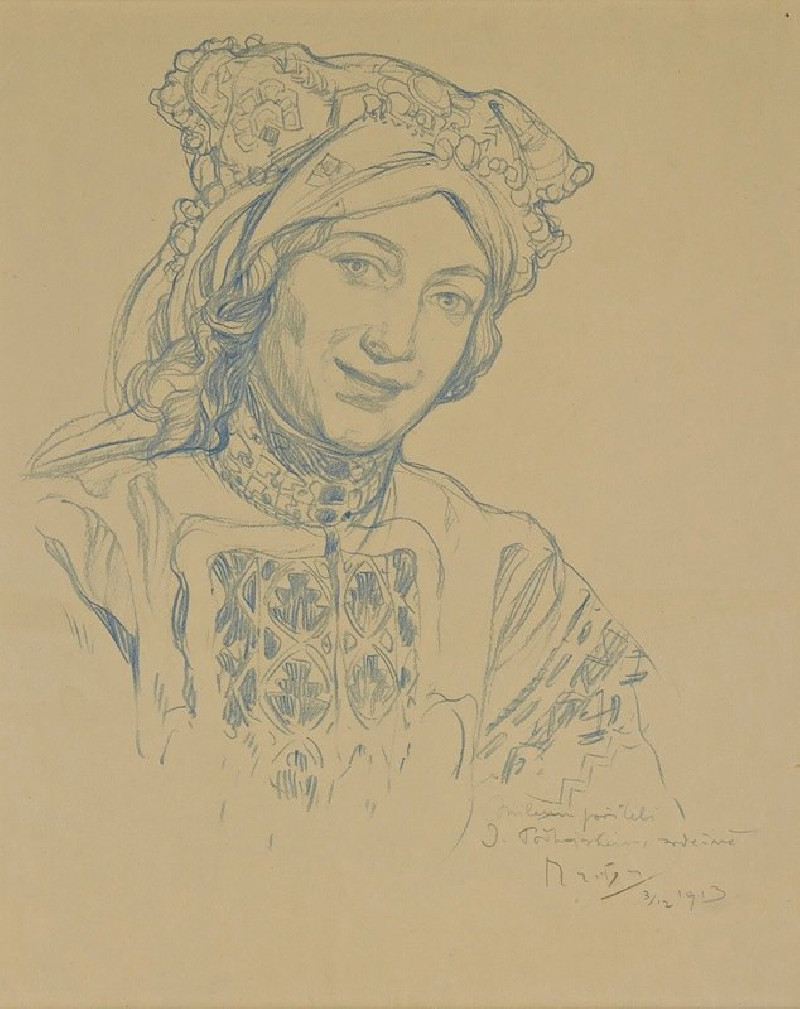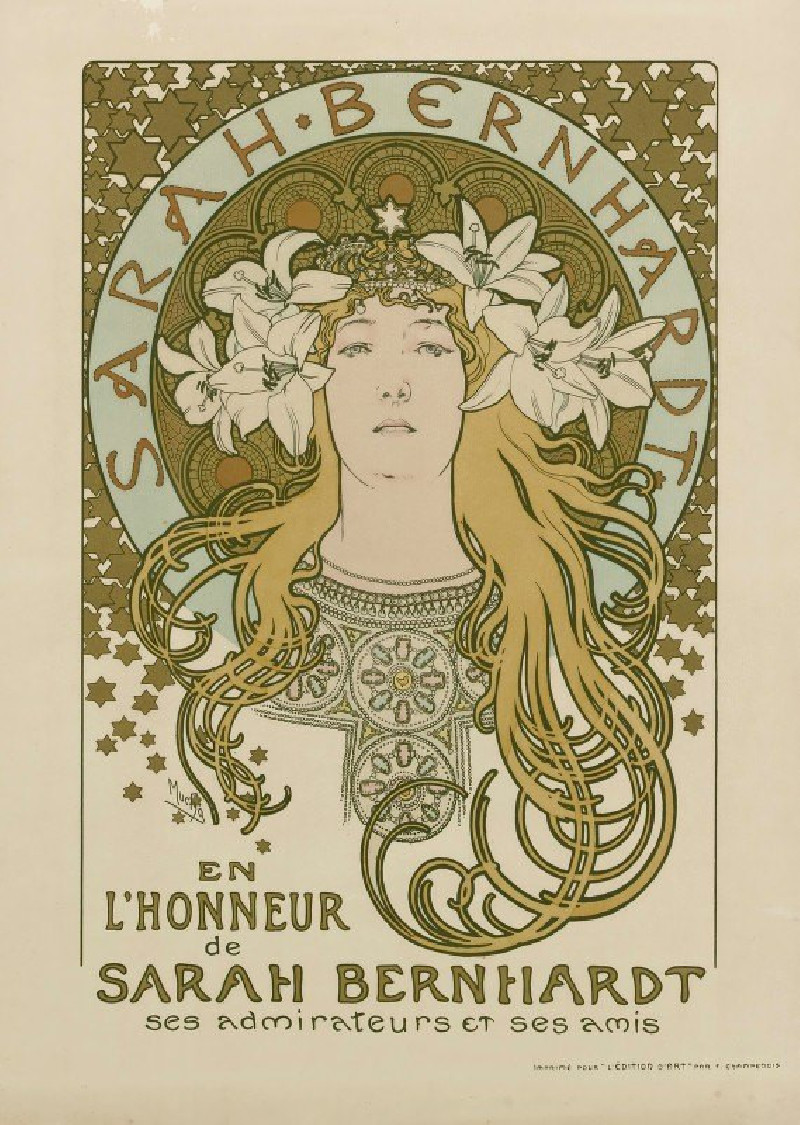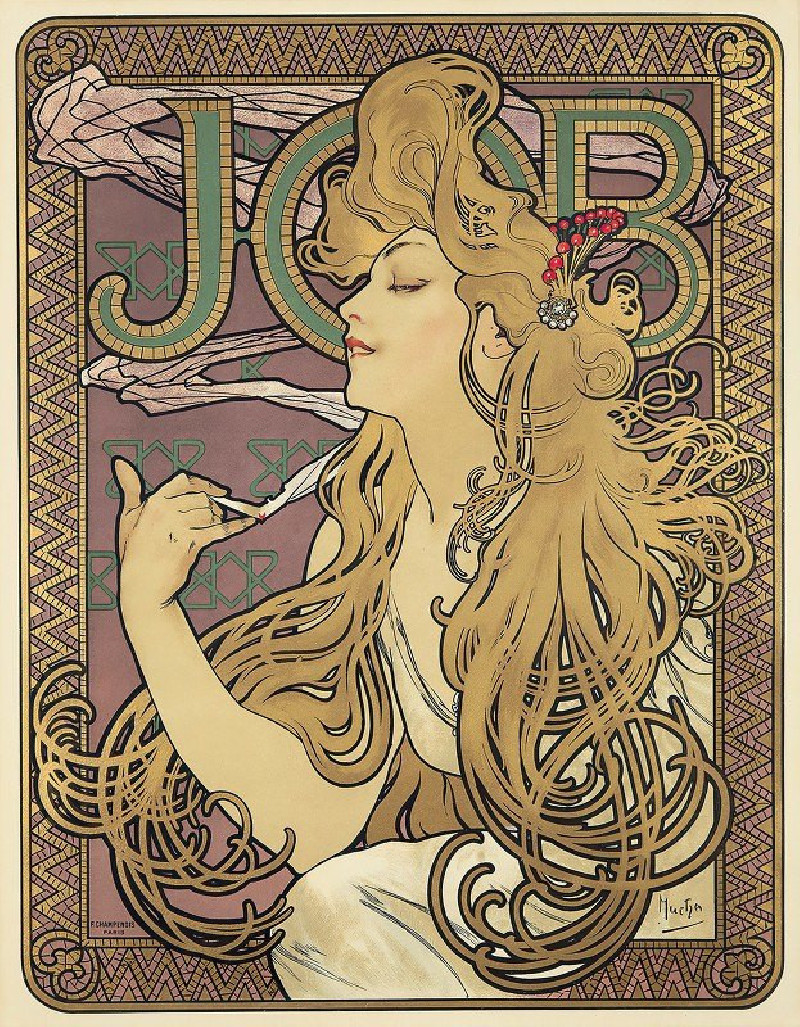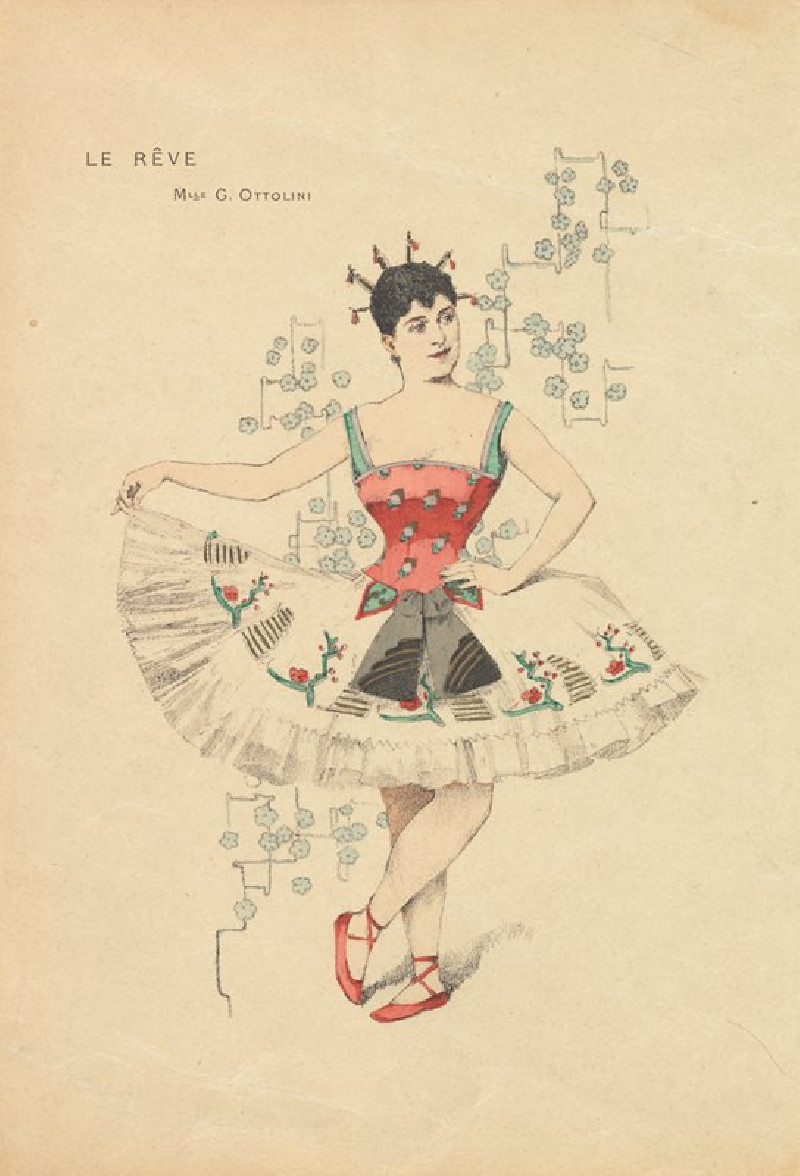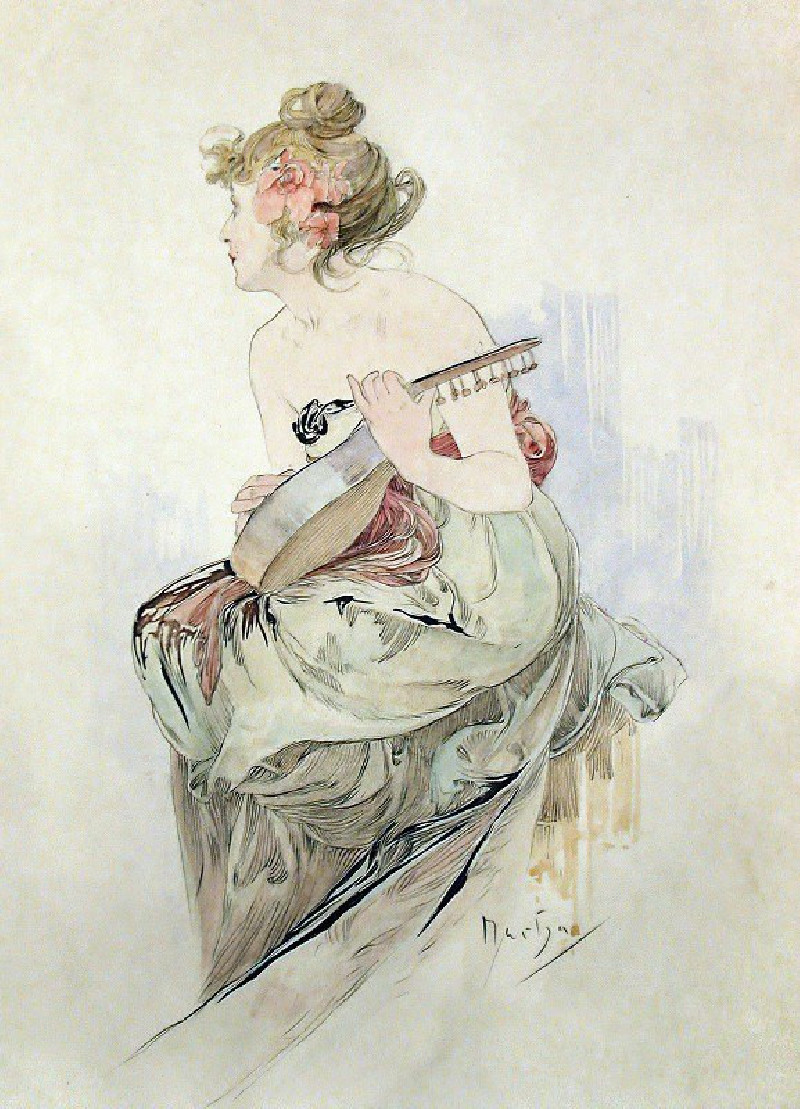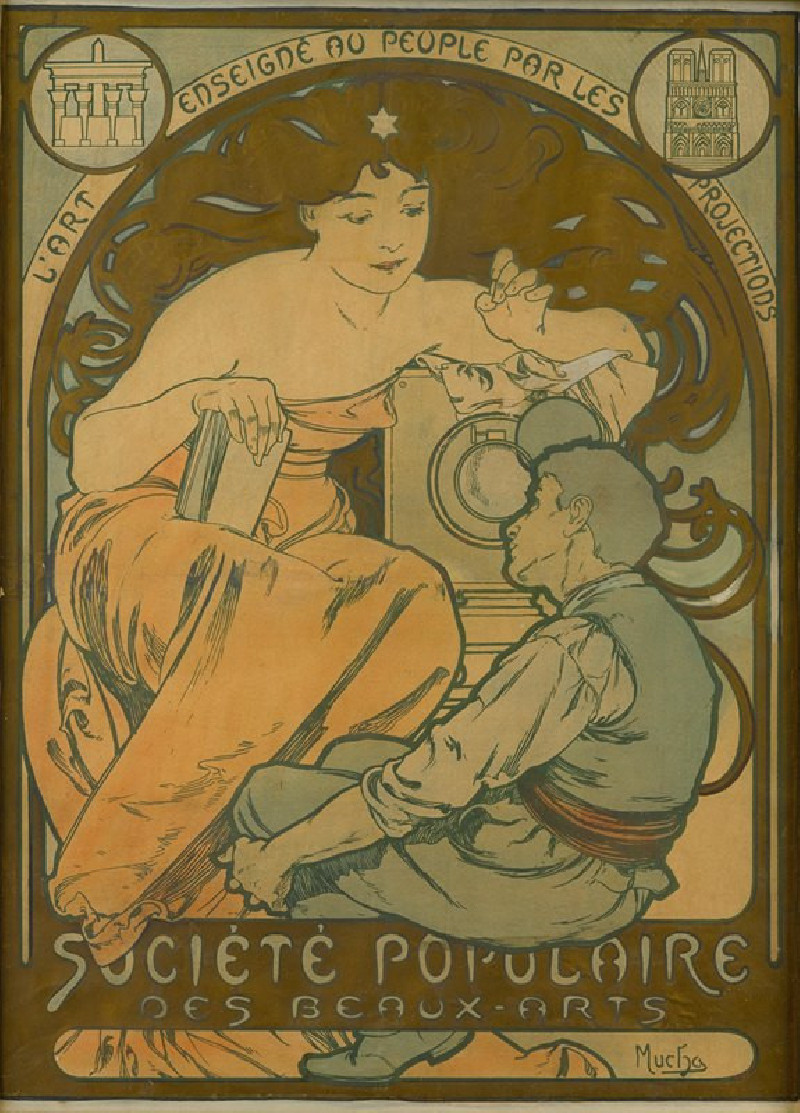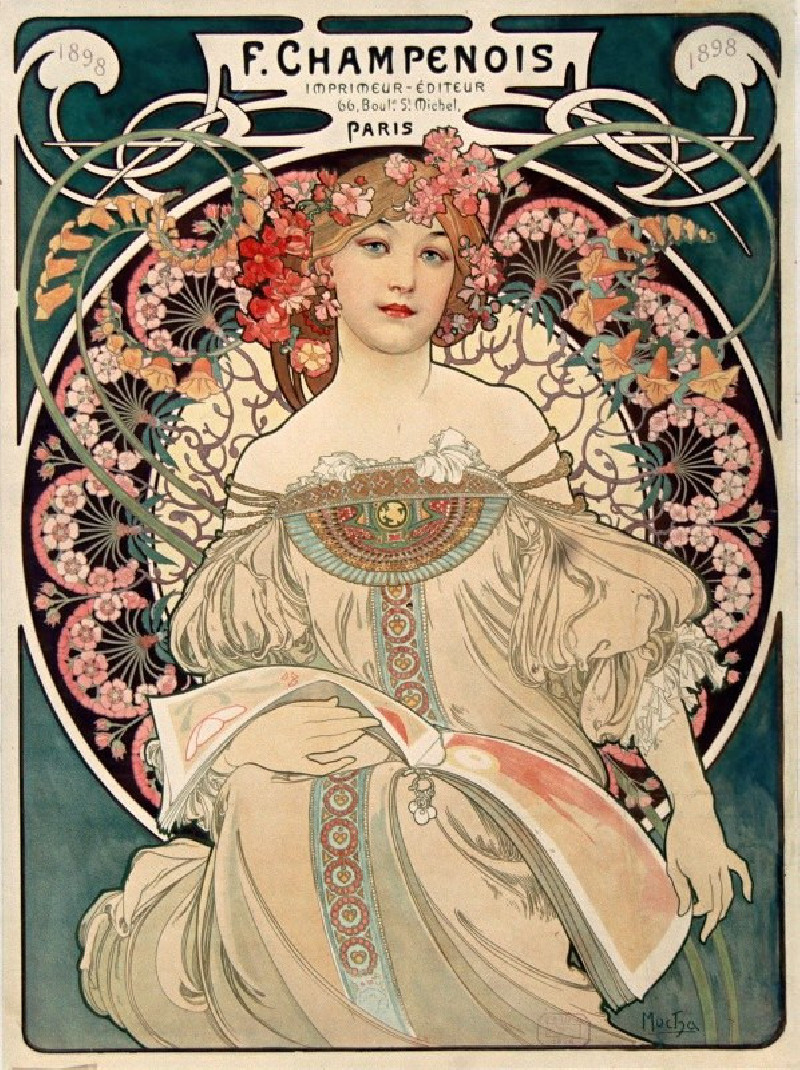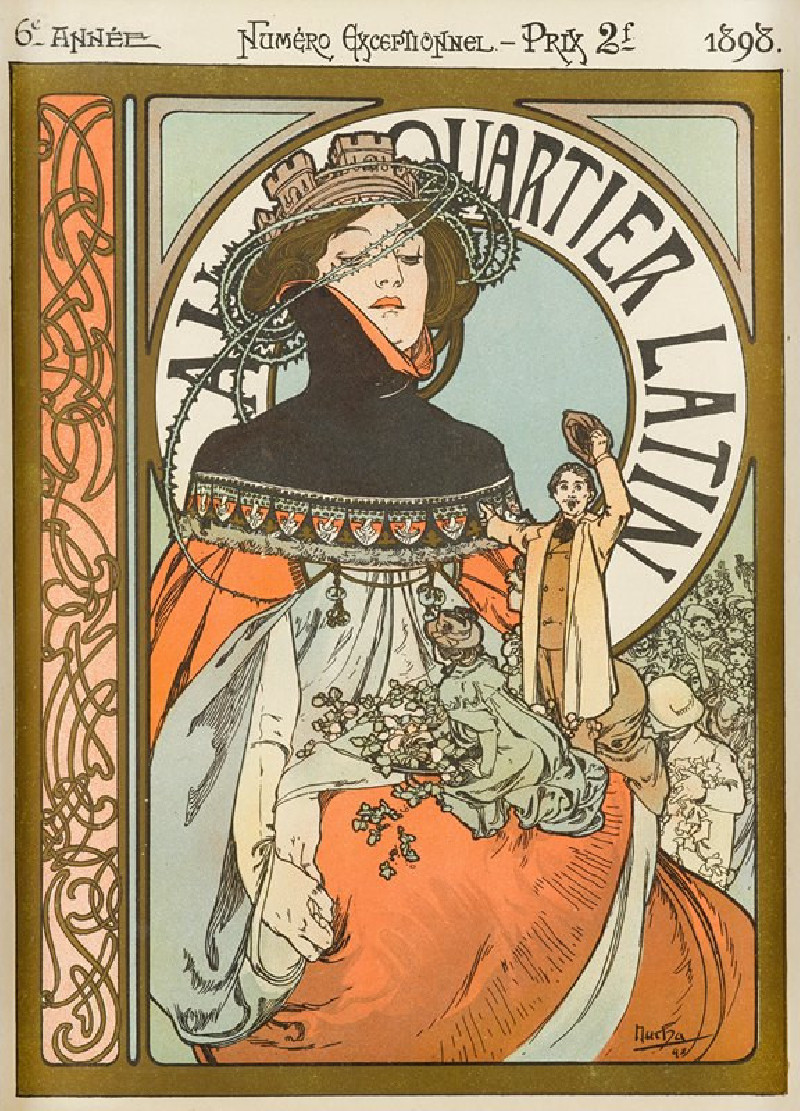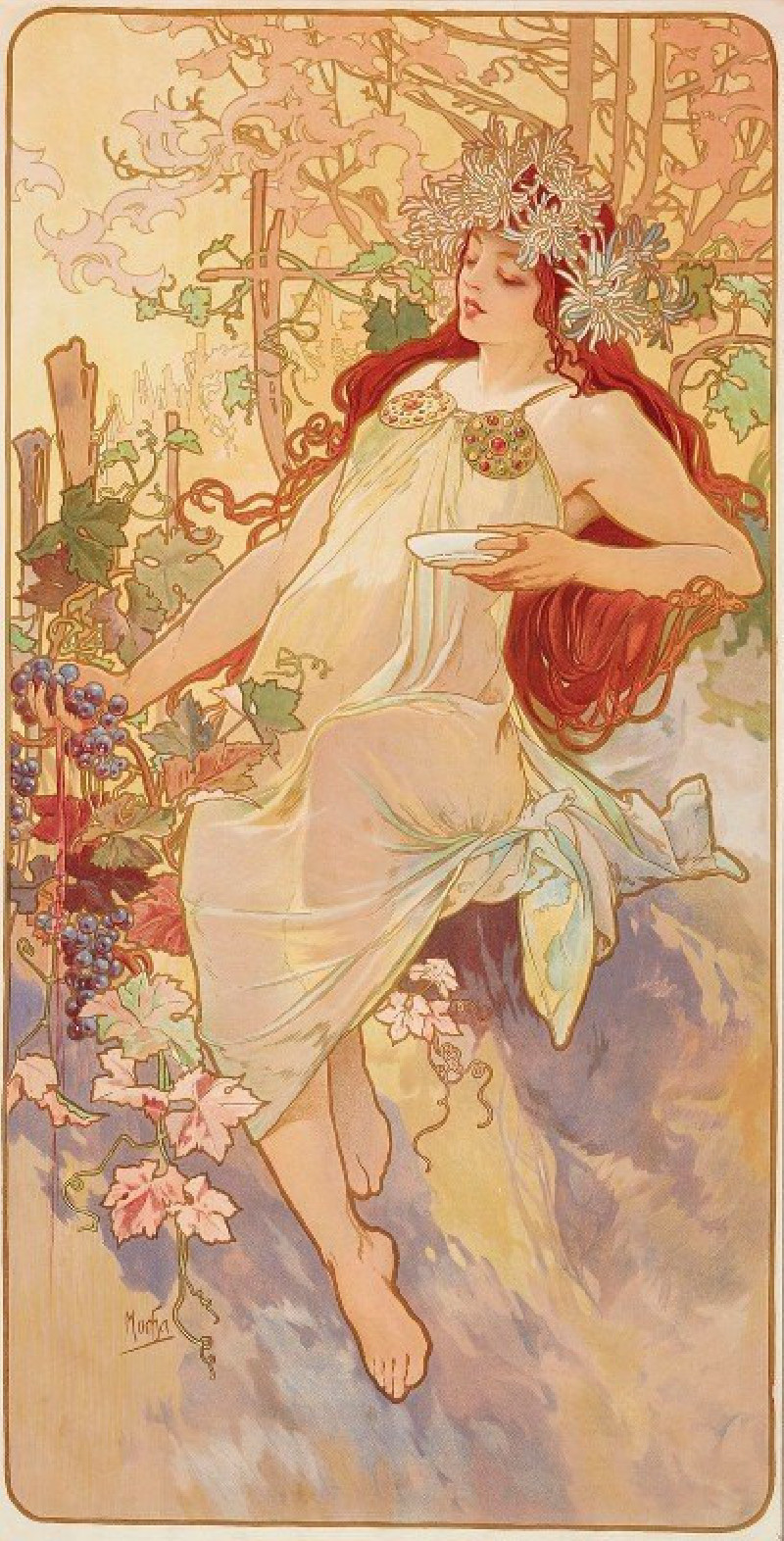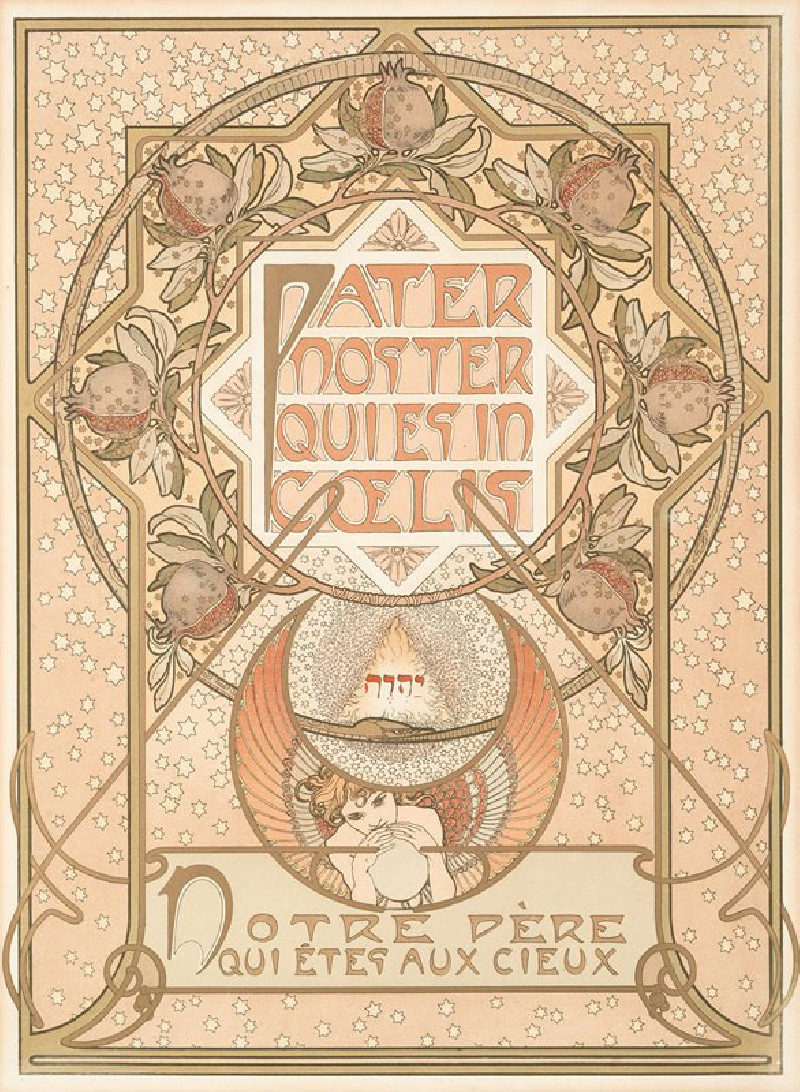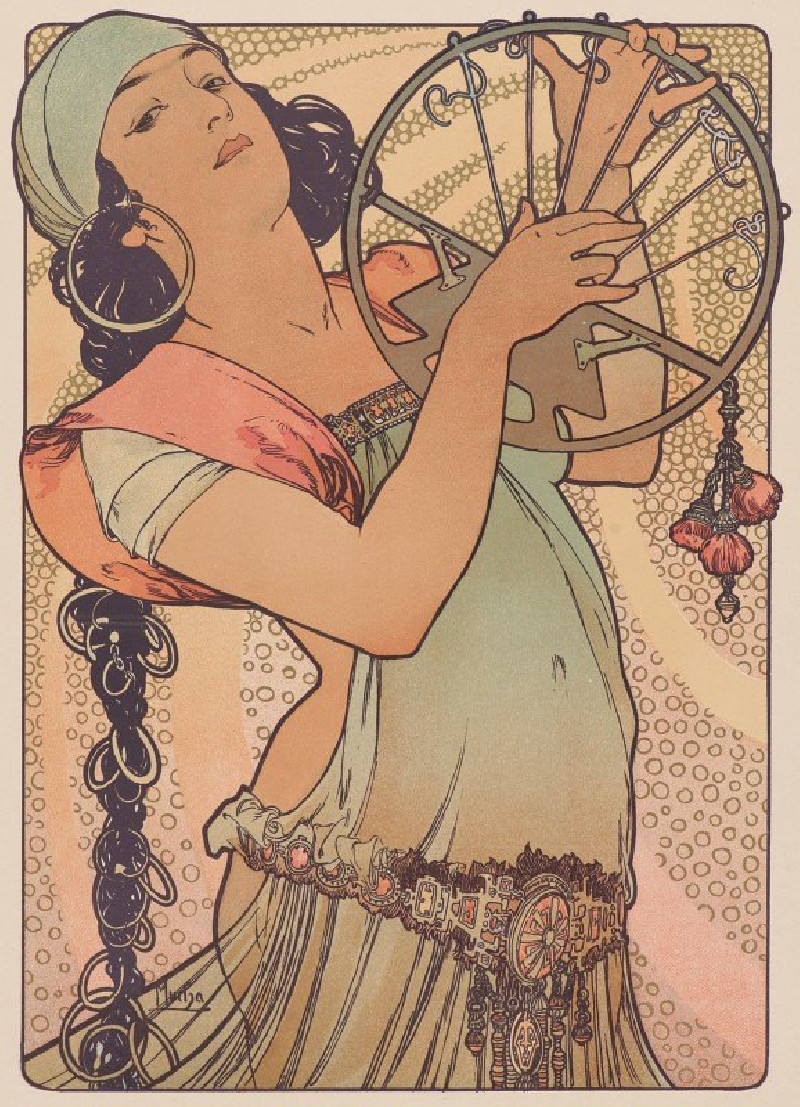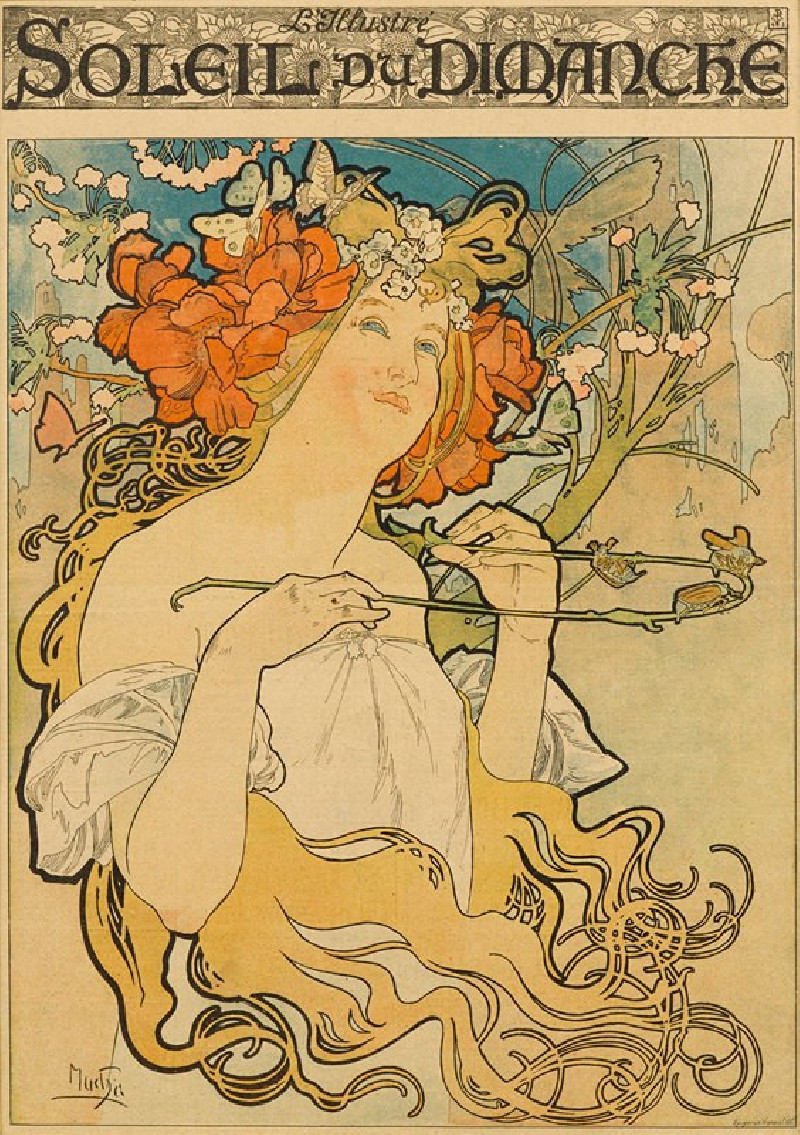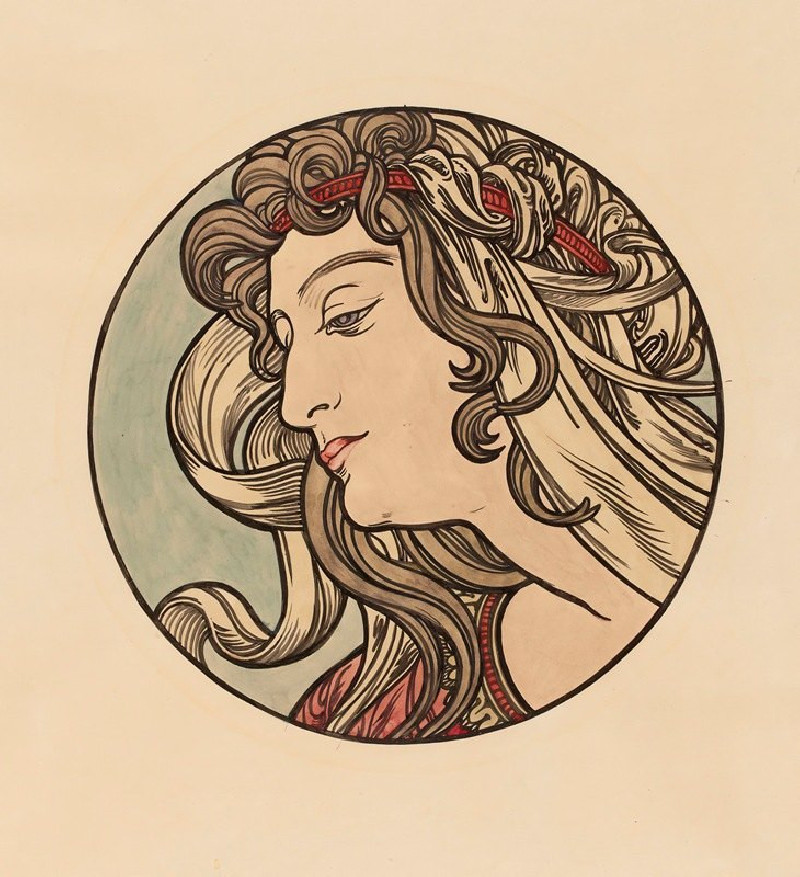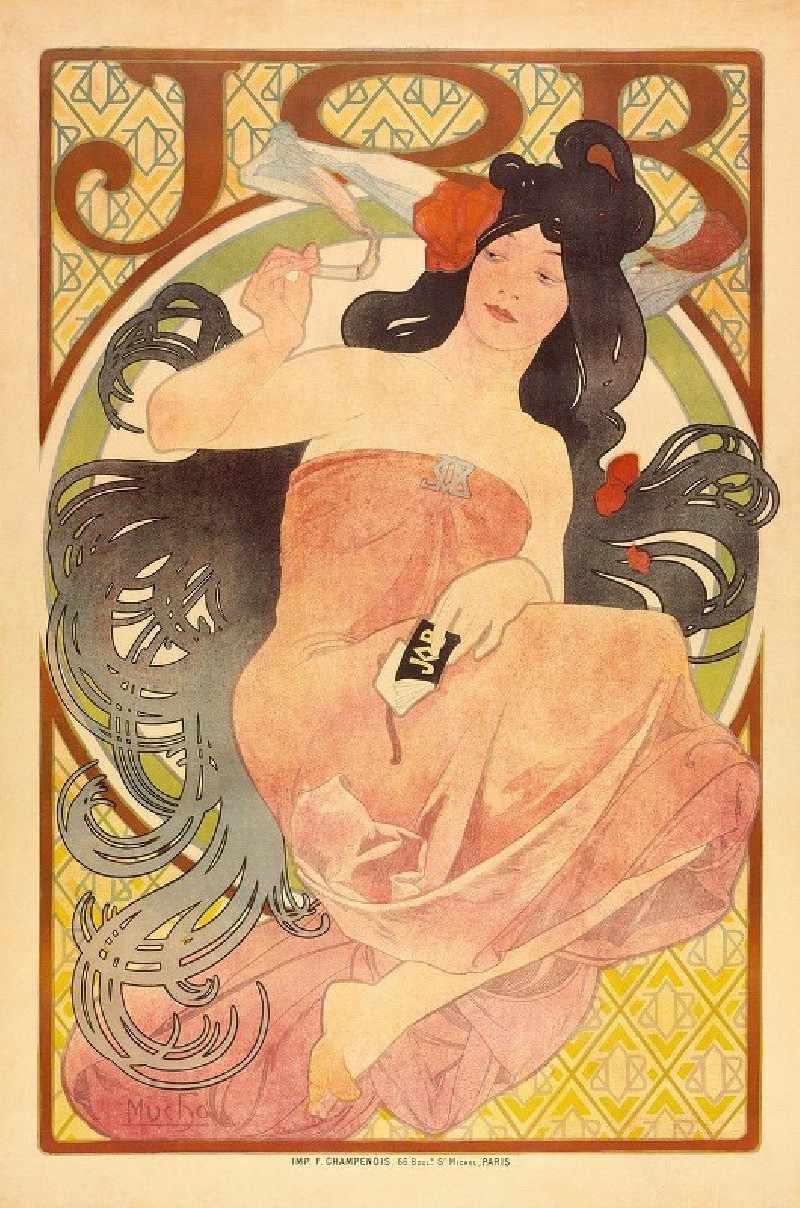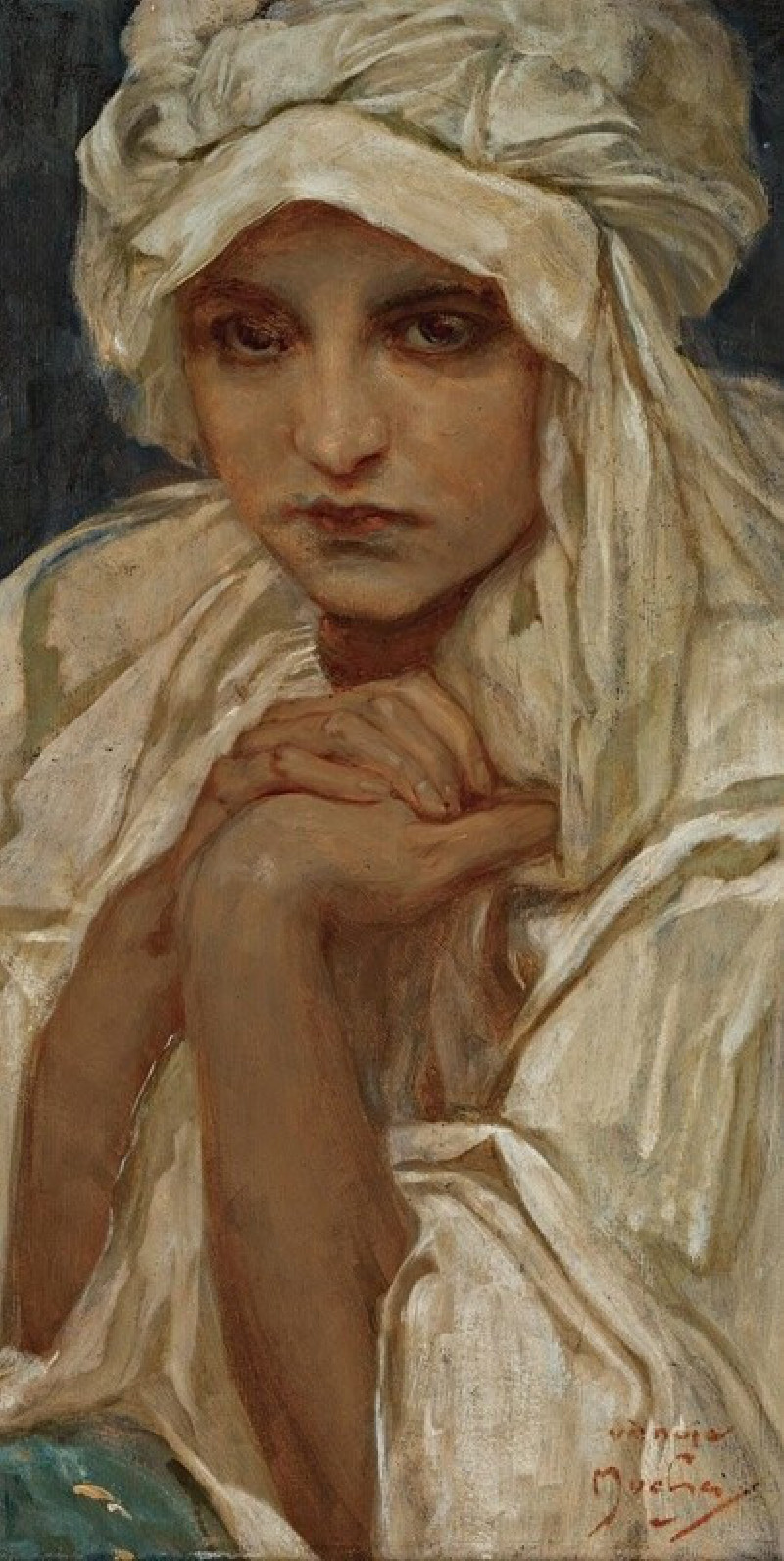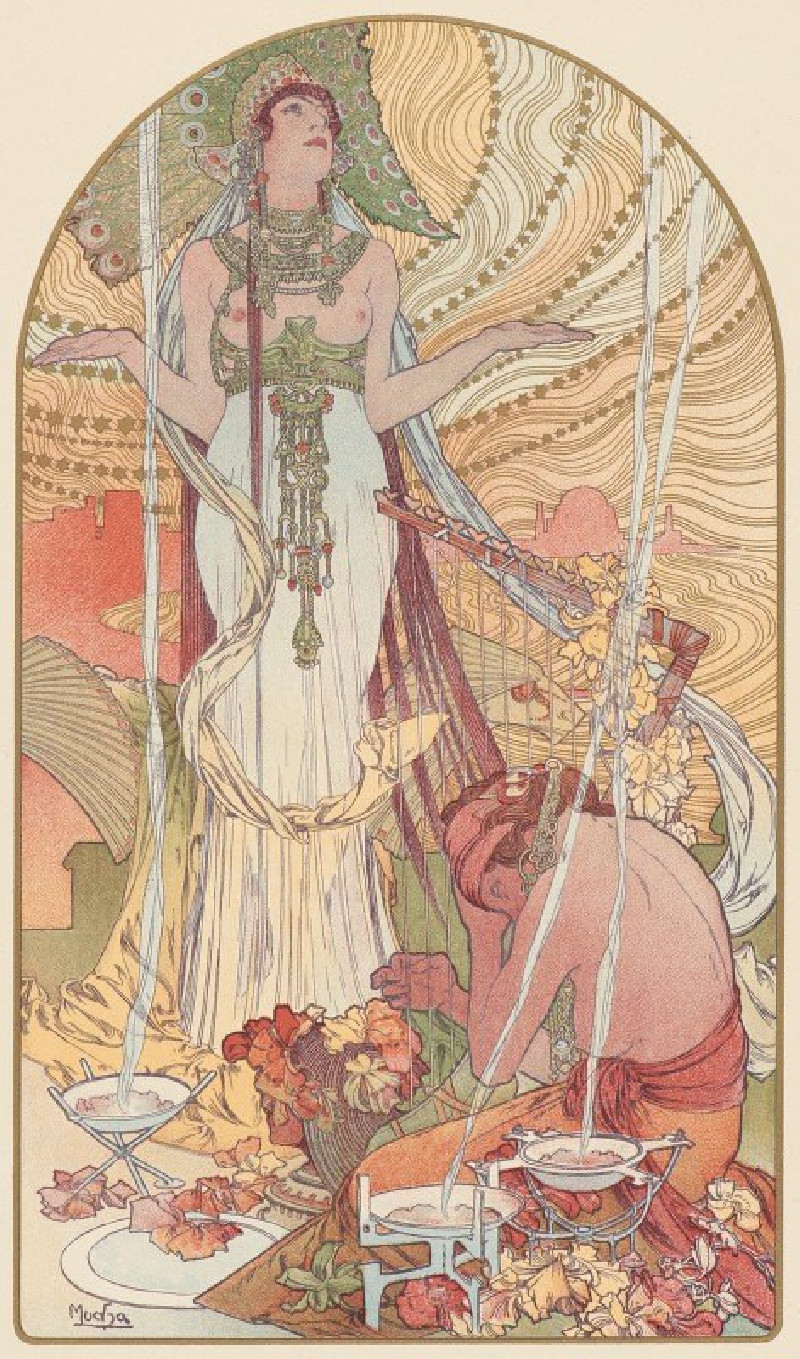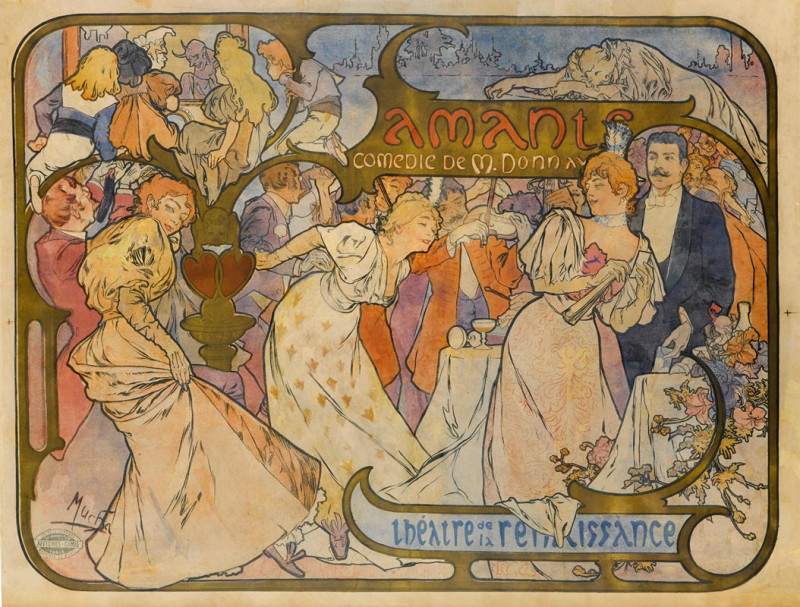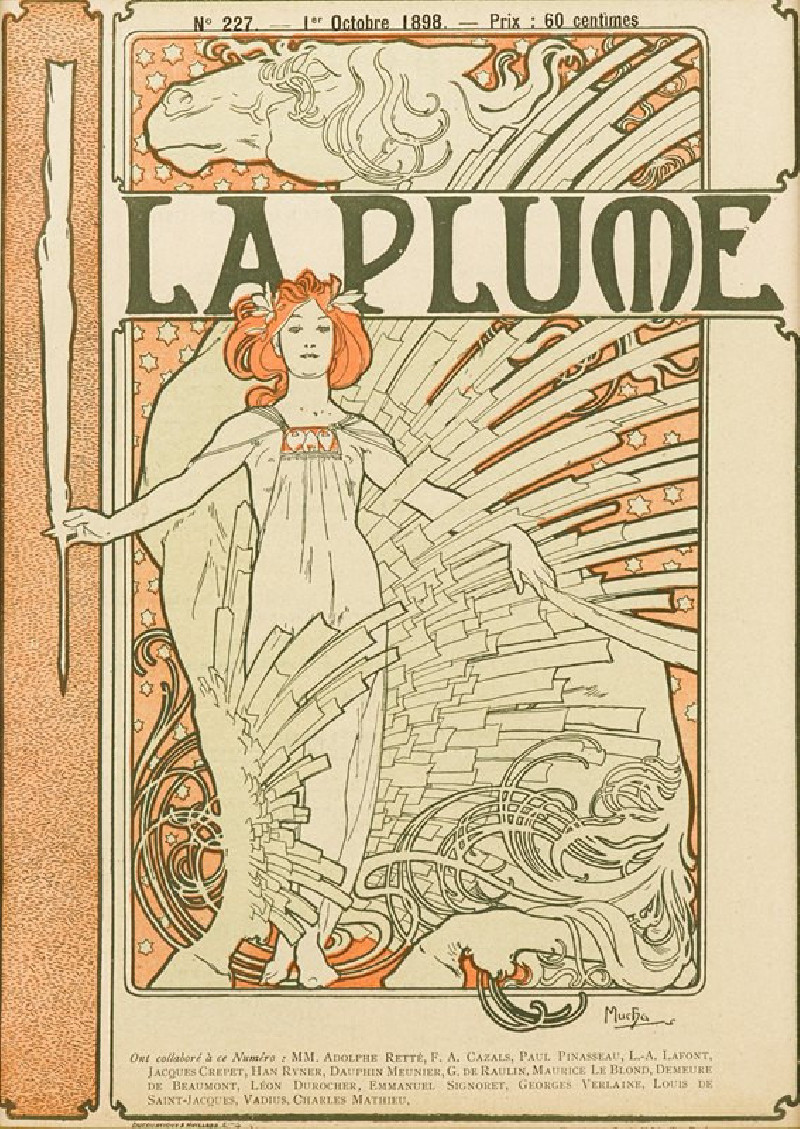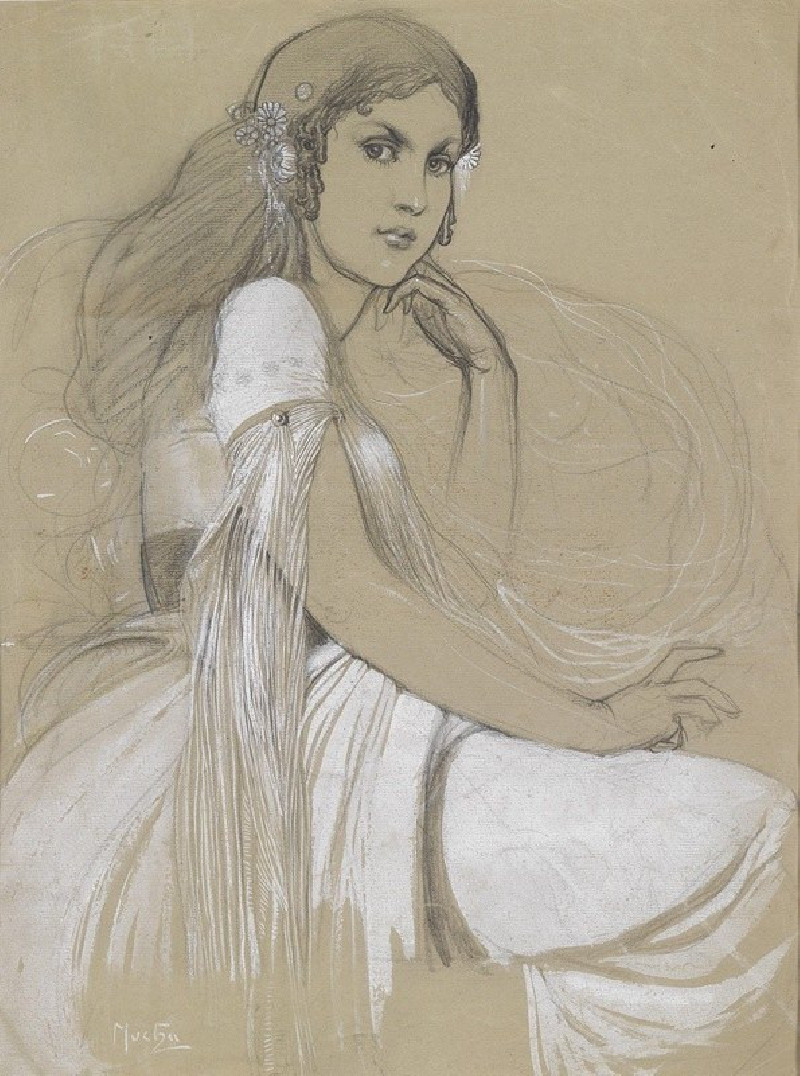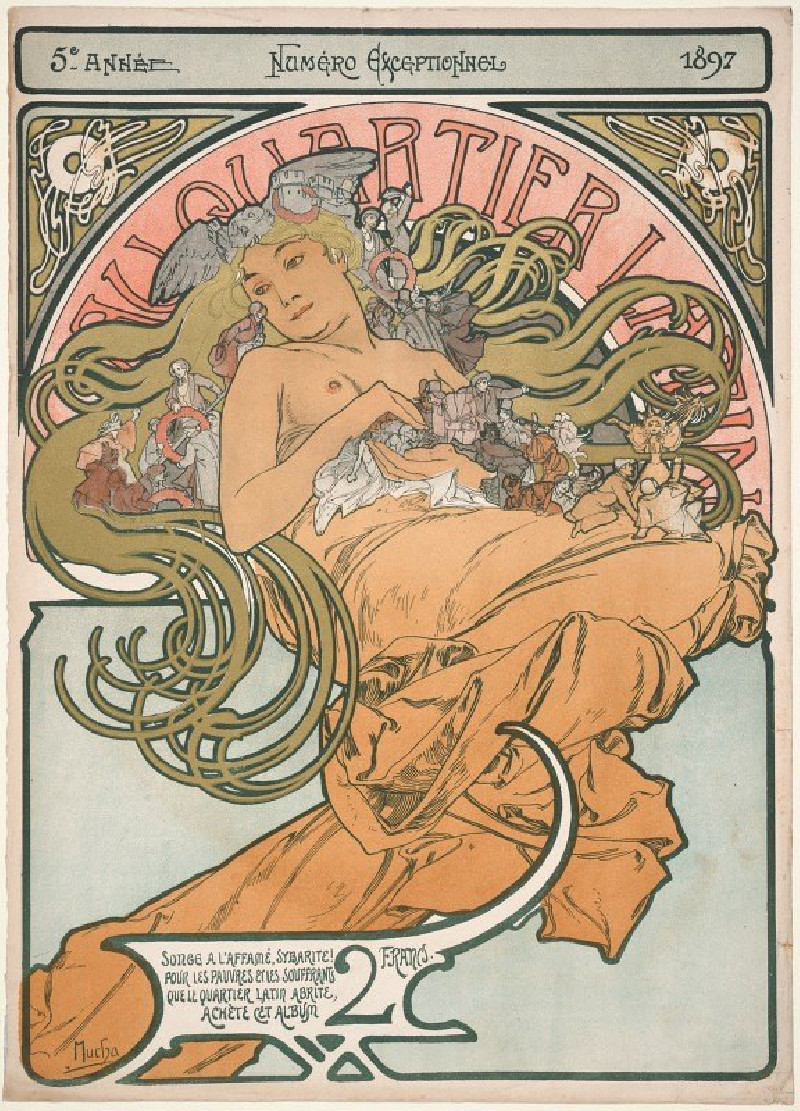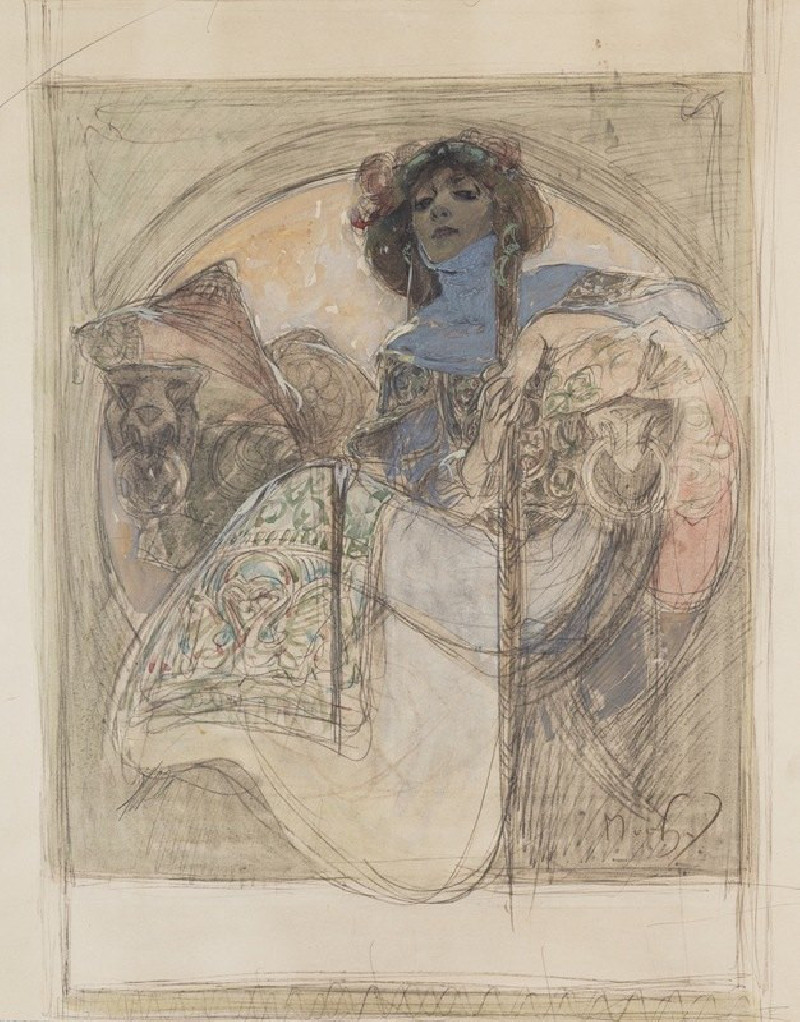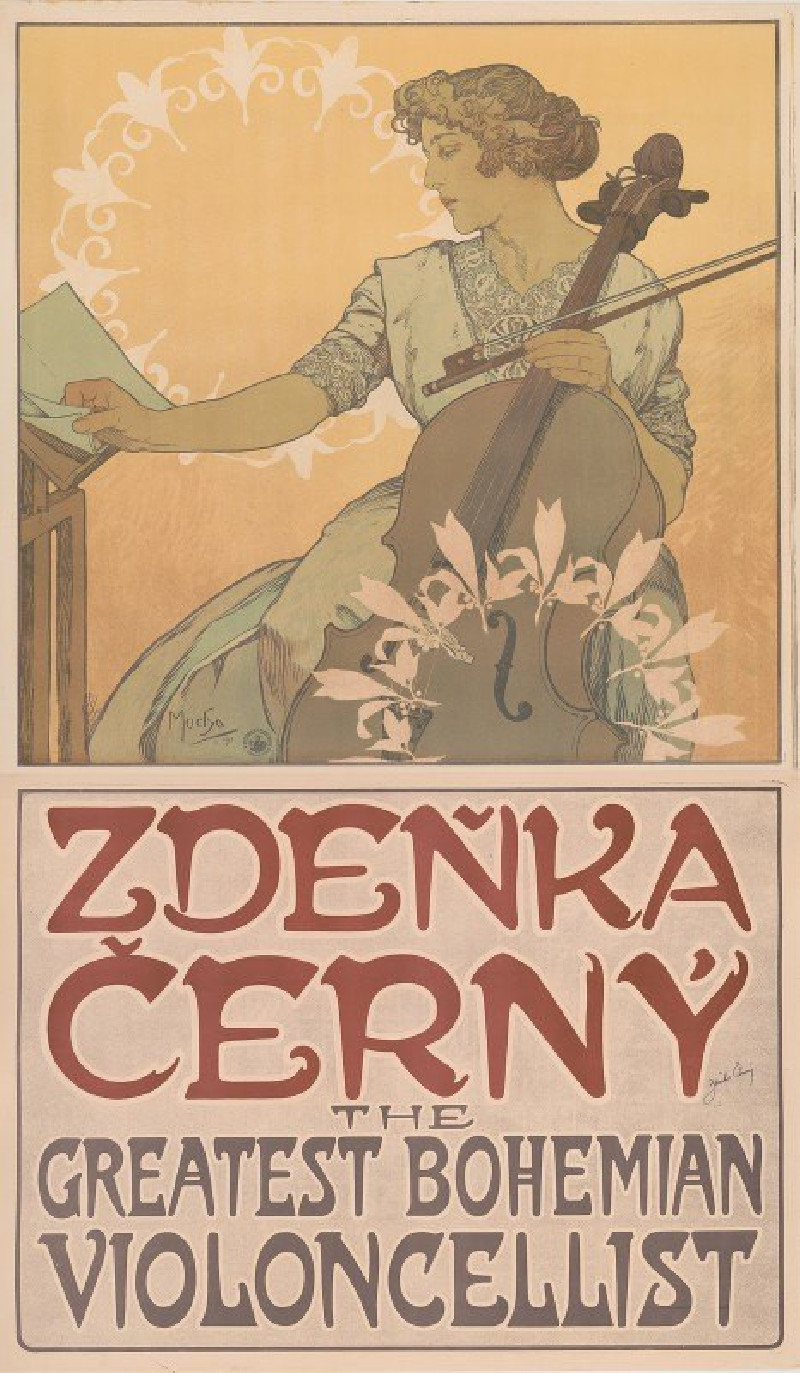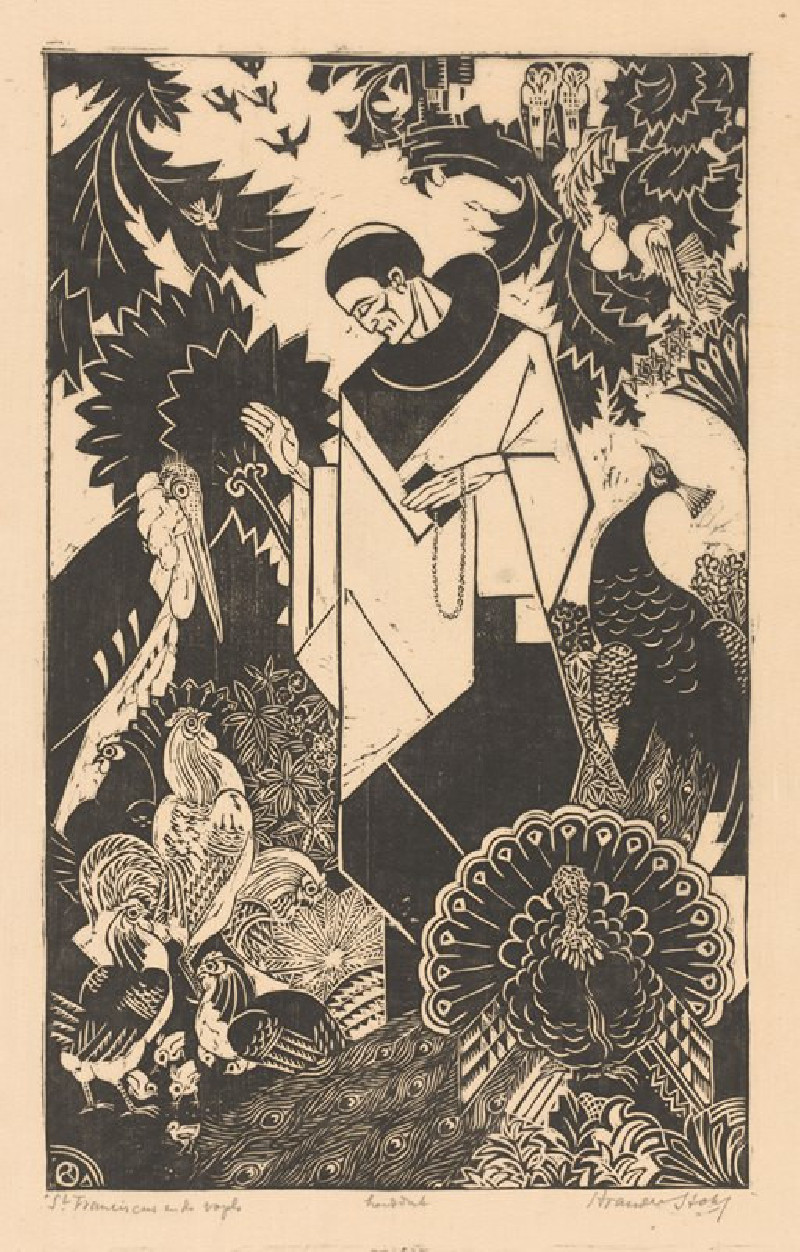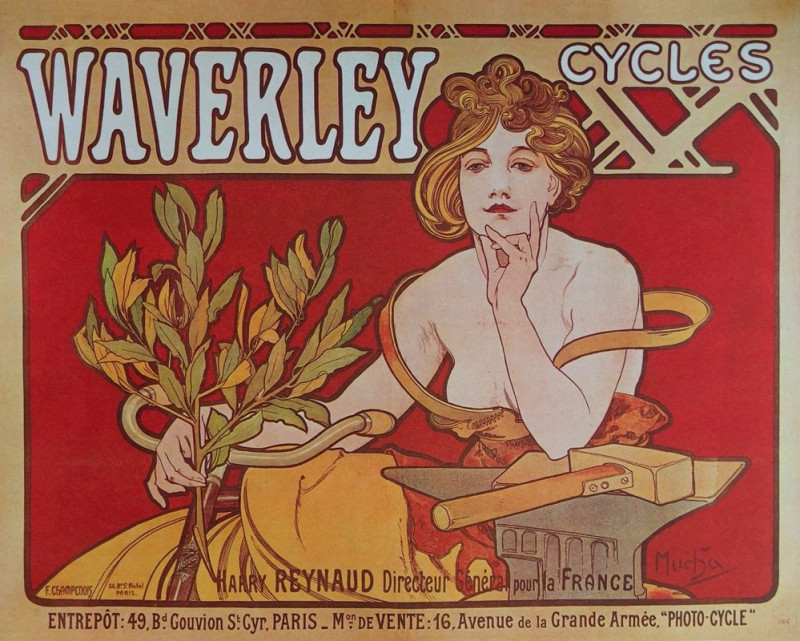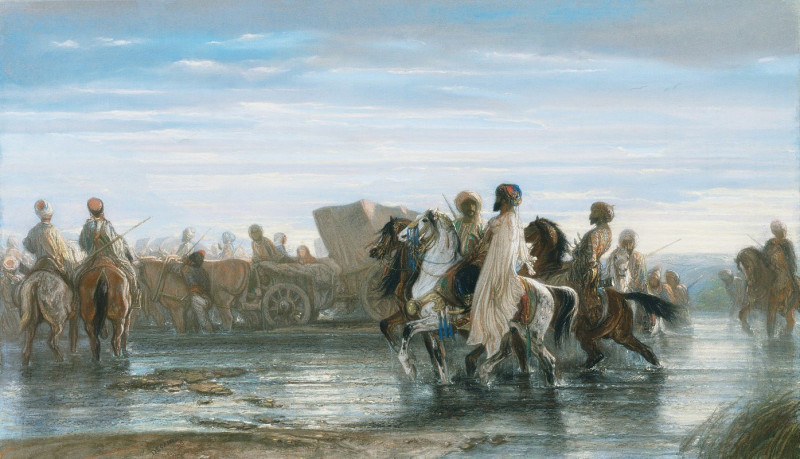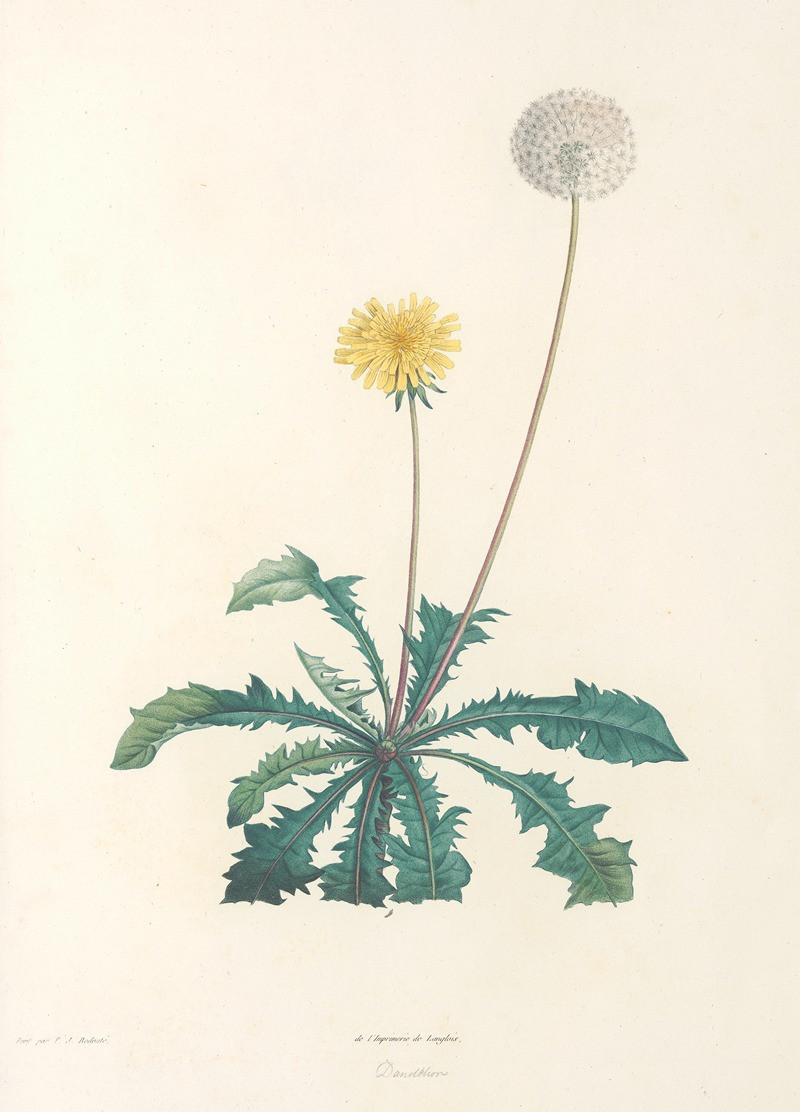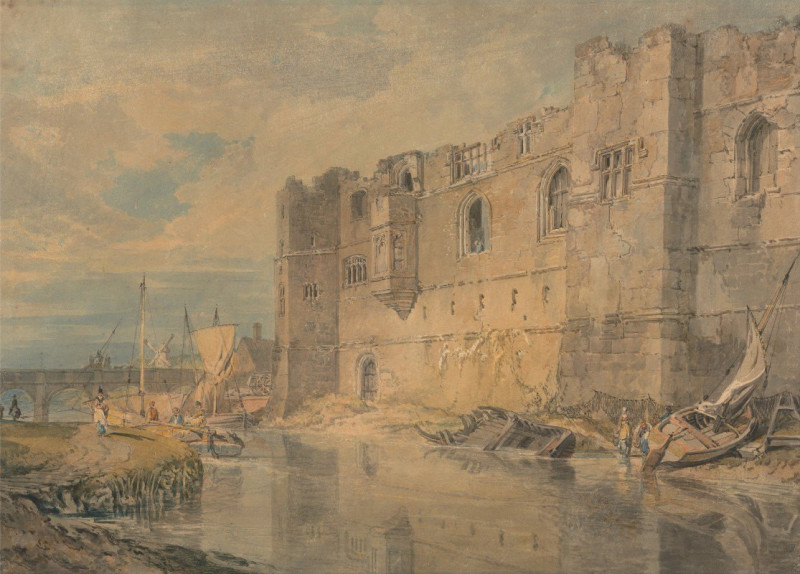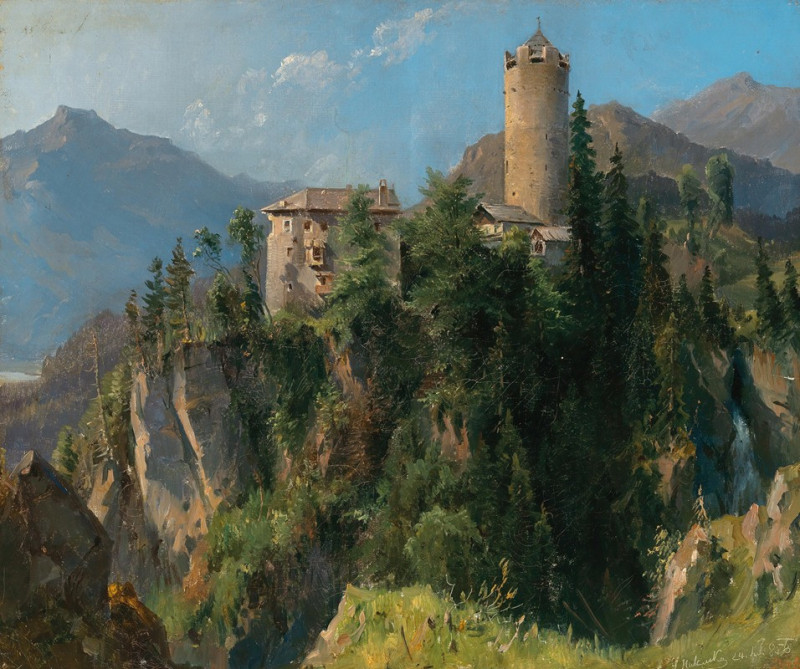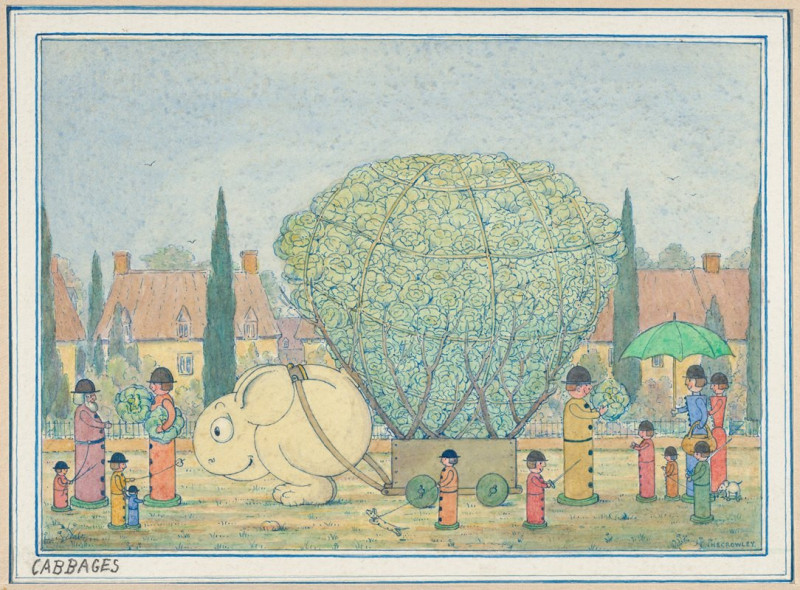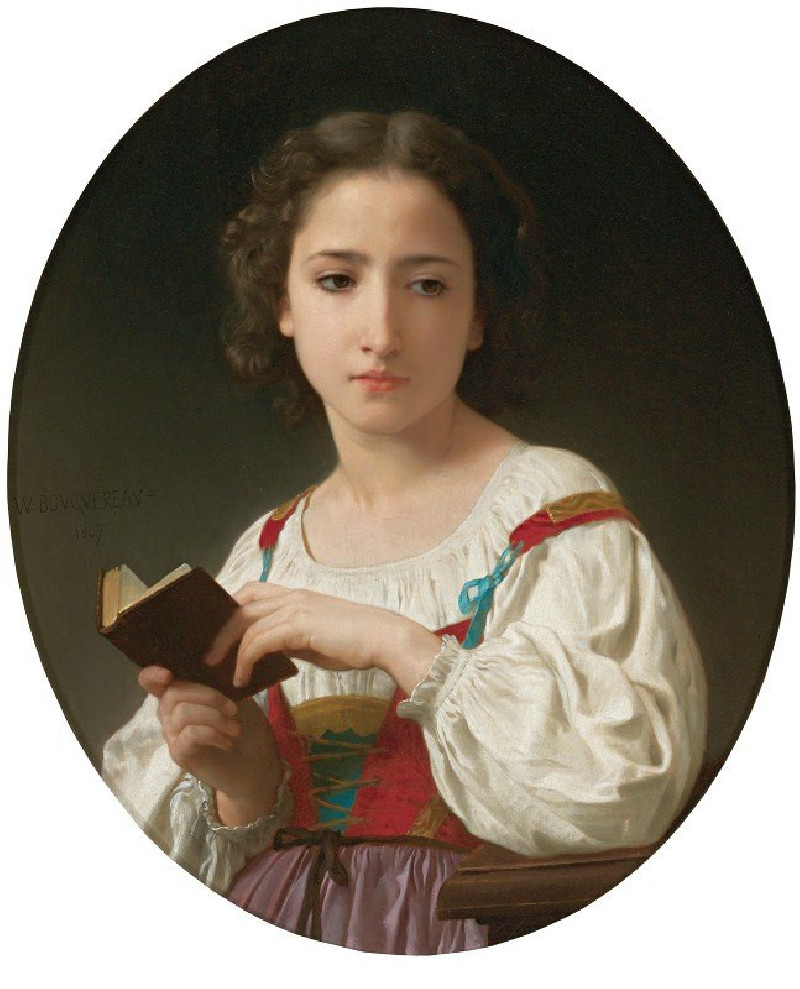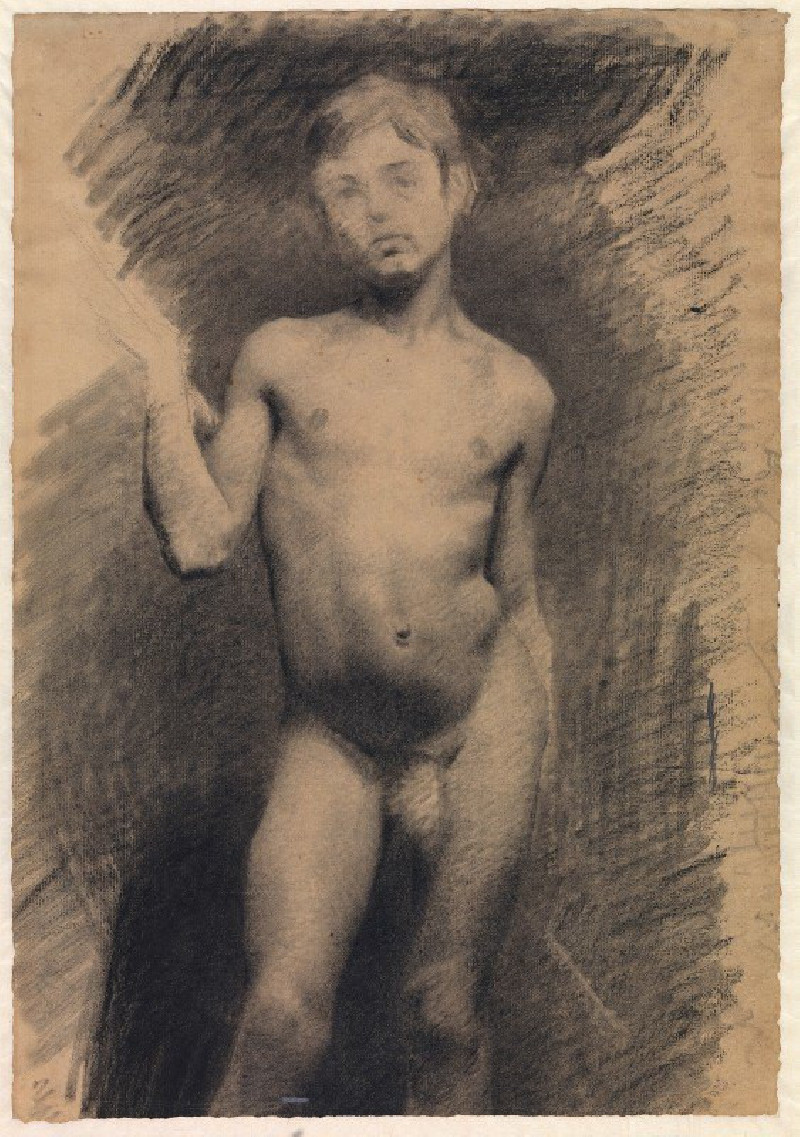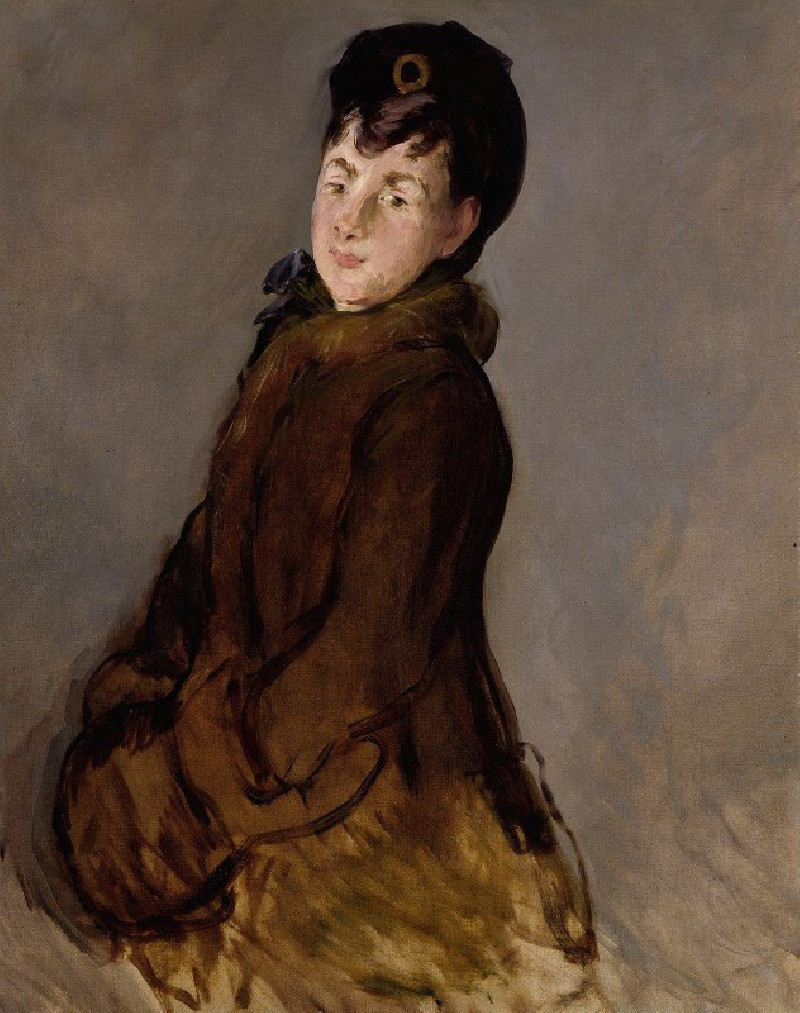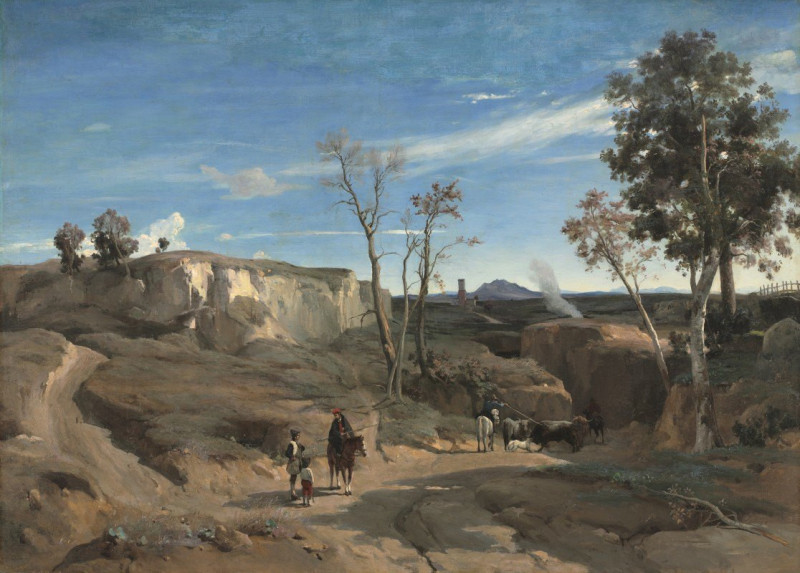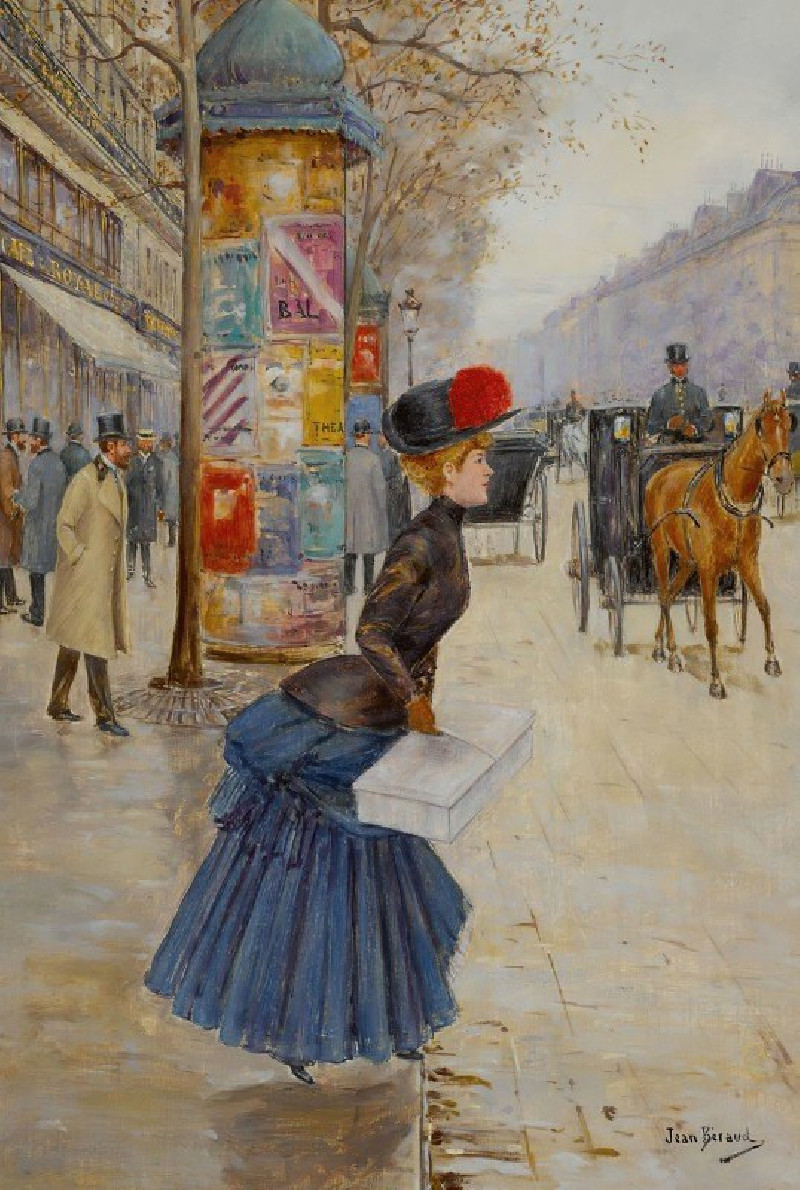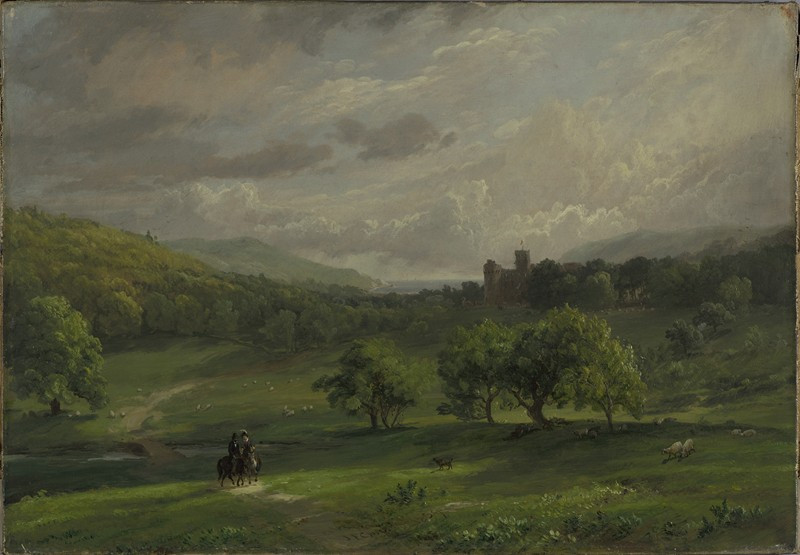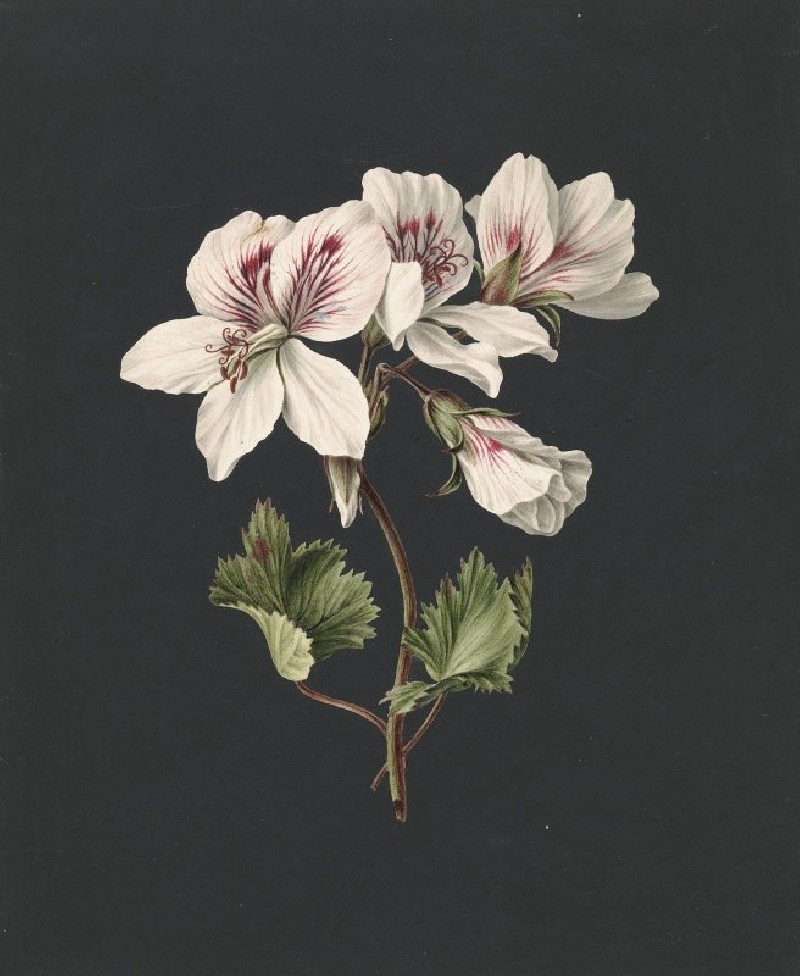Portrait Of Josephine Crane-Bradley As Slavia (1908)
Technique: Giclée quality print
Recommended by our customers
More about this artwork
This enchanting painting, "Portrait Of Josephine Crane-Bradley As Slavia," created by Alphonse Mucha in 1908, is a splendid example of Art Nouveau style, characterized by its ornamental richness and flowing, natural forms. Alphonse Mucha, a Czech artist, is well-regarded for his distinctive approach that often fused elements of mysticism and symbolism with decorative arts.The composition of this painting is rich with symbolism and decoration. The central figure, Josephine Crane-Bradley, is depicted as Slavia, presumably a personification of Slavic people and their cultural spirit. She is gracefully seated, adorned in a flowing white robe that drapes elegantly around her. Her posture is serene yet regal, enhancing her representation as a revered figure.Mucha's use of a halo-like circular background behind the figure suggests her saintly or divine nature, a common motif in his works. This background is richly decorated with what appears to be peacock feathers and floral motifs, enhancing the ethereal quality of the portrayal. The incorporation of a globe in the figure's hand might be suggesting her influence or eminence over the world, or it could symbolize unity and completeness.Intriguingly, beside her, a dark eagle with outstretched wings stands, which could symbolize power, authority, or perhaps a specific connection to Slavic mythology or heraldry.
Delivery
Returns
Alphonse Maria Mucha also know internationally as Alphonse Mucha (1860-1939), was a Czech graphic artist, painter and illustrator. He lived in Paris during the Art Nouveau period, and is best know for his noticeably stylized and decorative theatrical posters like those of Sarah Bernhardt, the most famous actress in paris at the time. Mucha produced paintings, advertisements, book illustrations as well as designs for carpets, jewelry and theatre sets, in what was called the Mucha style. His works featured beautiful young women in neoclassical robes surrounded by flowers which formed as haloes.

